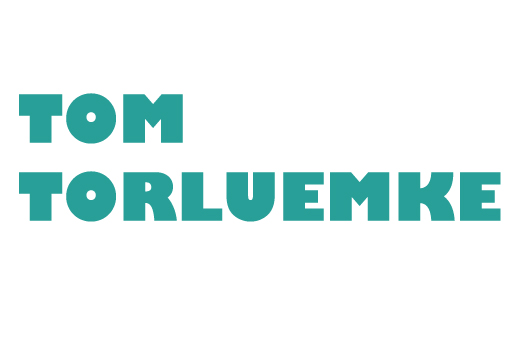Who Is Part of the Paris Agreement
The Paris Agreement is a global accord that outlines efforts to curb global warming and its disastrous effects on the planet. The agreement was signed in 2015 by all the 197 countries that are parties to the United Nations Framework Convention on Climate Change (UNFCCC).
The Paris Agreement is a historic achievement that marks a turning point in the fight against climate change. It was the first time that all nations joined forces to fight climate change. The agreement aims to keep the global temperature rise well below 2 degrees Celsius above pre-industrial levels, while striving to limit the increase to 1.5 degrees Celsius.
The Paris Agreement is legally binding, meaning that countries must follow through on their commitments. Each country has pledged to take specific actions to reduce its carbon emissions and promote sustainable development.
Developed countries, such as the United States and European Union, have pledged to provide financial support to developing countries to help them transition to clean energy and adapt to the effects of climate change. Developing countries have pledged to take steps to reduce their carbon emissions, but they have also emphasized the need for financial and technological assistance to achieve their goals.
While the Paris Agreement has been widely praised for its ambitious goals and inclusive approach, there have been some criticisms. Some experts argue that the pledges made by countries are not strong enough to keep global warming below 2 degrees Celsius, and that the agreement lacks a mechanism to enforce compliance.
Despite these criticisms, the Paris Agreement remains a historic milestone in the global fight against climate change. As countries work to reduce their carbon emissions and transition to clean energy, the world is moving closer to a more sustainable future.
 tomtorluemke.com
tomtorluemke.com